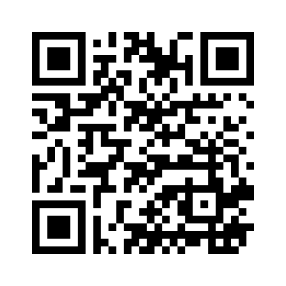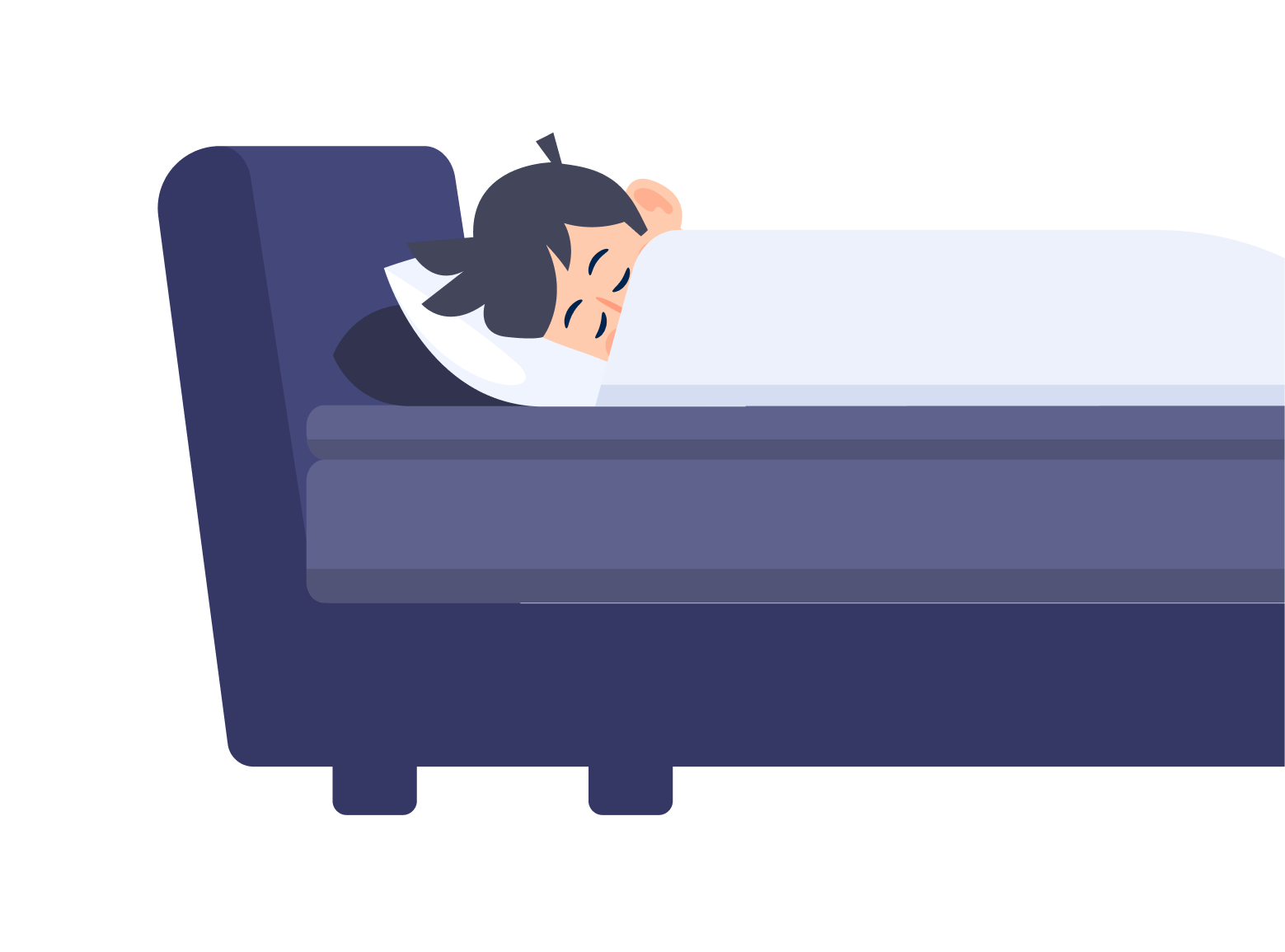Delving into Dreamland Altered by Substances
Dreams act as a mirror to our subconscious, yet drugs, both recreational and medicinal, can significantly distort this reflection. This comprehensive guide explores the profound impact substances have on our sleep and dreams, scrutinizing the changes they induce and the potential long-term consequences.
The Science of Sleep: Understanding Dreams
Before assessing the impact of drugs, it’s essential to grasp the sleep cycle. Dreams predominantly unfold during the REM stage, pivotal for emotional balance and memory consolidation. Disruptions in this cycle can substantially affect our mental health.
Recreational Drugs: A Dream or a Nightmare?
Substances like marijuana, psychedelics, and stimulants dramatically reshape our dream experiences. Marijuana tends to suppress REM sleep, reducing dream recall. In contrast, psychedelics can intensify dreams, blurring the lines between sleep and wakefulness, while stimulants may lead to disrupted sleep and poorer dream quality.
Prescription Drugs: Double-Edged Swords of the Night
Medications, too, can modify dream intensity and clarity. Antidepressants may amplify dreams and trigger intense “REM rebound” after stopping them. Sedatives, like benzodiazepines, often decrease REM sleep and subsequently dream recall.
Navigating the Aftermath: Consequences of Altered Dream States
Changes in dream patterns due to drugs can have varied effects. Less dreaming may impair emotional processing, while more intense dreams can disrupt sleep and heighten anxiety.
Therapeutic Potential: Harnessing Dreams with Drugs
The field of dream therapy offers promising avenues. Certain drugs show potential in treating conditions like PTSD by reducing nightmare frequency, highlighting the therapeutic side of this complex relationship.
Conclusion: Striking a Balance in the Dreamscape
The intricate dance between drugs and dreams affects our psyche and everyday life. While therapeutic uses show promise, recreational use can carry significant risks. Understanding these dynamics is crucial for both users and medical professionals, who must navigate the potential benefits and dangers of drugs in altering dream states for better mental health outcomes.








